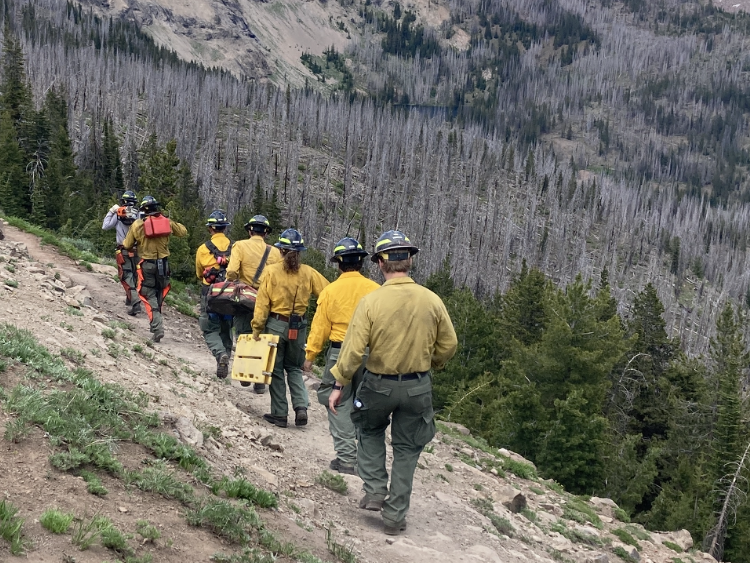Health NW: Bike safety: Assume you are invisible
Published 5:00 pm Tuesday, September 6, 2005
As the number of people increases in the Pacific Northwest, so do the number of both bicycles and motor vehicles. In bike vs. car accidents, the bicyclist is usually the one who is injured or killed.
Nearly everyone who bicycles regularly has stories to tell about near misses with cars or trucks, and many have collided with a vehicle and were injured as a result.
Bicyclists who wear helmets are much less likely to suffer a concussion or more severe brain injury. The worst bike accidents involve a rider being struck by a vehicle and thrown headfirst to the ground or through a windshield.
To be protective, helmets must fit correctly and be strapped on securely. Children need to be refitted for new helmets as their heads grow. To be safe, have an experienced bike shop employee check the fit and adjust your helmet straps.
Helmets are only part of the safety equation. A helmet may help protect you if you are hit by a vehicle, but won’t protect you from being hit in the first place.
A man who commuted by bicycle for years on the steep and crowded streets of San Francisco once told me his secret for staying alive: “Wear neon green or orange with reflective tape, but assume you are invisible to drivers.” Assuming you are invisible is a good tip for all bicyclists; many drivers who hit a bicyclist say afterward, “I never even saw a bicycle.”
Some bicyclists may argue they have every right to be on roads and highways, and drivers need to modify the way they drive to give bicycles their space. This may be true, but realistically, bicycles are more vulnerable than motor vehicles. Bicyclists need to ride defensively, not aggressively, for their own safety.
Bicyclists should also do the following to decrease their chances of being hit by a motor vehicle:
Obey all traffic signals, and remember than bicycles are subject to the same rules of the road as motor vehicles.
Always ride on the right side of the road; don’t ride on sidewalks.
Watch for vehicles pulling out of driveways, parking lots or side streets; stop if you’re not sure they see you.
Signal before you turn (left arm straight out signals a left turn; left arm bent up at a 90-degree angle signals a right turn).
Keep to the right in traffic, but watch ahead for opening doors of parked cars.
Keep both hands on the handlebars except when making turn signals.
Use bike paths, designated bike lanes and stay off busier streets whenever possible.
Keep your brakes in good working condition.
Use front and rear lights and reflectors if riding in low-light conditions or at night.
Get a loud horn or bell for your bike and use it to alert drivers or pedestrians to your presence.
Get a mirror for your left handlebars or your helmet.
Stay off roads on Friday and Saturday nights, when drinking drivers may be on the roads.
If you crash and your helmet saves your head, get a new helmet. Even if it looks okay, the protective foam inside is probably damaged and may not protect you so well next time.
In Seattle, a group called GhostCycle.org has begun collecting information on car-related bicycle accidents. All around the city, they have placed damaged bikes, painted a ghostly white, each marked with a sign: “A cyclist was struck here.” It’s a powerful safety reminder for both vehicle drivers and bicyclists. Their Web site, www.ghostcycle.org, has a map designed to help bicyclists identify dangerous areas. A group in Portland is considering a similar program, and this can be done in smaller towns as well.
Kathryn B. Brown is a family nurse practitioner with a master’s degree in nursing from OHSU. Is there a health topic you would like to read about? Send ideas to kbbrown@eastoregonian.com.









